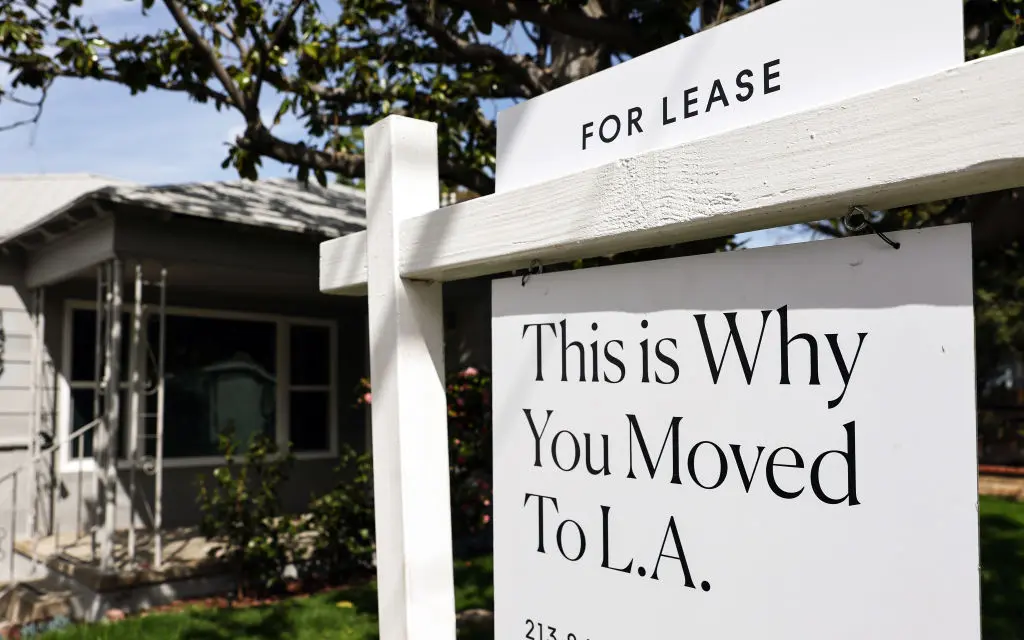Rental prices in the United States saw little change last month, continuing a two-year trend of stable prices, according to a recent report from real estate brokerage Redfin.
The median asking rent moved up by just 0.2 percent in October from the same month last year, to $1,619, according to the company’s Nov. 12 report.





